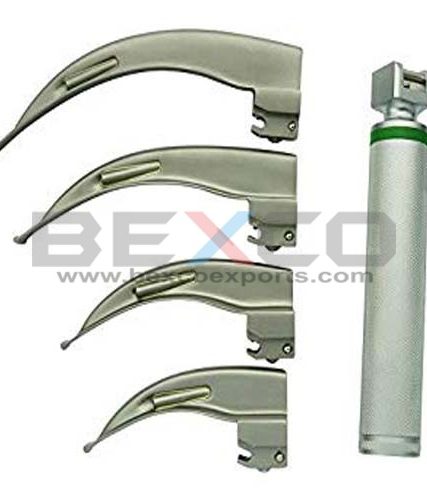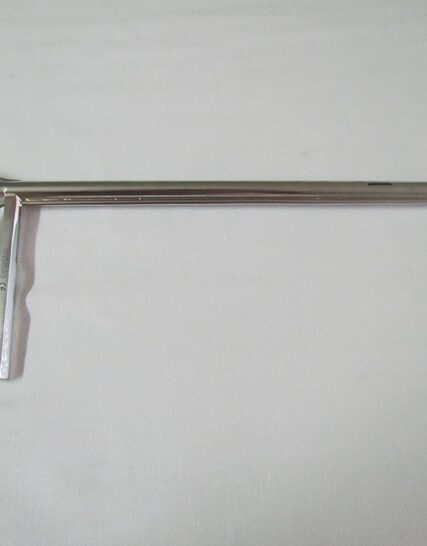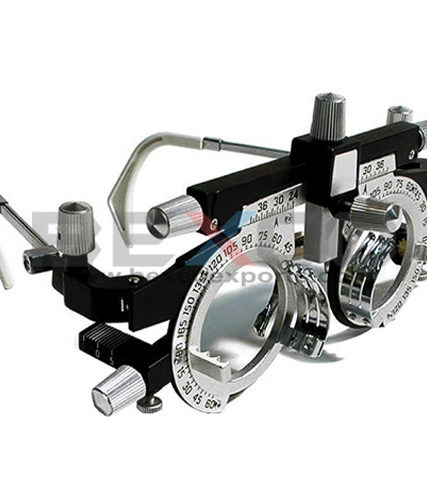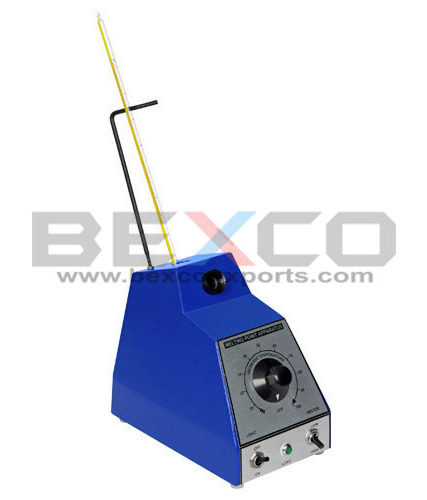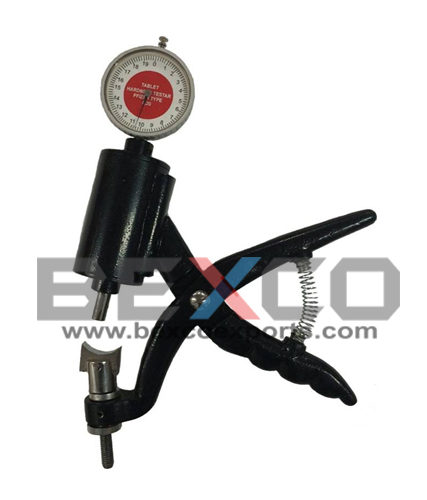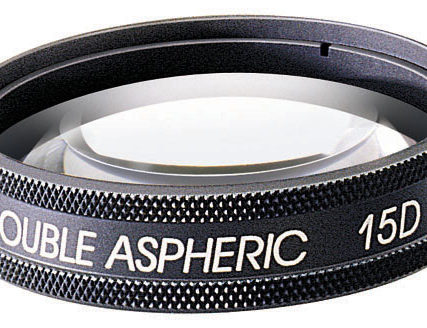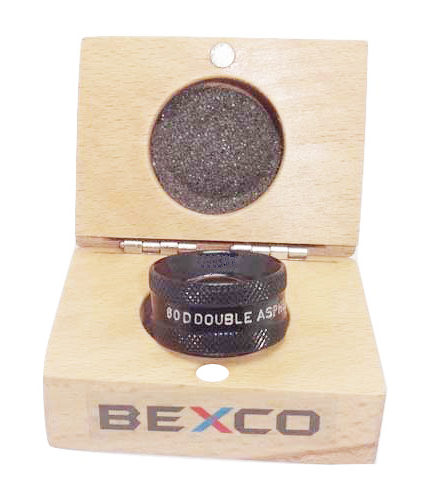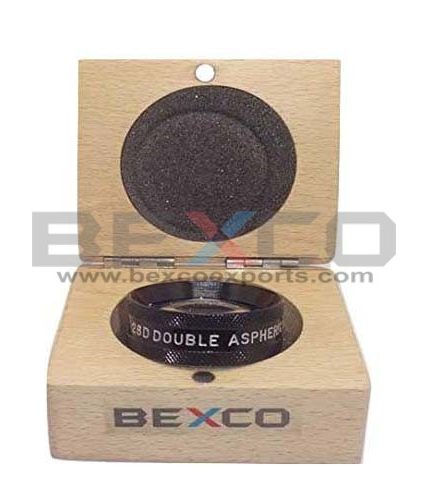Subtotal: $5,270.00
Inventory management proved challenging due to their diverse inventory and fluctuating market prices. The management implemented the FIFO method to optimize inventory turnover and boost profit margins. Fact- While FIFO often leads to lower COGS during inflation, it need not be the case always.
The reasoning behind this system is that inventory has a shelf life and will expire eventually. The biggest disadvantage to using FIFO is that you’ll likely pay more in taxes than through other methods. It’s also the most widely used method, making the calculations easy to perform with support from automated solutions such as accounting software. Imagine a retail store that sells perishable goods, such as fruits. When new shipments of fruits arrive, they are placed at the back of the existing stock, while the older stock is brought to the front for sale. As customers make purchases, they are served with the oldest fruits first, ensuring that none of the stock expires or goes to waste.
Using the LIFO method for inventory accounting usually assigns a higher value to the cost of inventory than FIFO. That’s because the last items purchased often have higher prices axitrader review (though sometimes the reverse is true, and the most recent costs are lower). LIFO may reduce your taxable income, but it will also make your P&L statement look less favorable.
- You could perfectly align your inventory with the FIFO method by automatically flagging the older inventory for sale before the newer items.
- This minimizes the risk of products being left unsold after their expiration date.
- Modern inventory management software like Unleashed helps you track inventory in real time, via the cloud.
- Where FIFO assumes that goods coming through the business first are sold first, LIFO assumes that newer goods are sold before older goods.
- By managing inventory efficiently, you could increase efficiency across the board.
- The company records the price of each unit sold and calculates the COGS.
Whether you are in the business of producing medicines, selling soda, manufacturing a computer, or running a restaurant, FIFO is working behind the scenes. Across industries, companies arrange for their oldest inventory to be sold first. Let us go ahead and understand how FIFO works as an accounting method in inventory valuation. Using the January flour for making and selling the bread in March boils down to matching older historical costs to current revenues. In an inflationary environment, this will result in a higher cost of goods sold (COGS) and the highest possible gross margin. When selecting a storage system for the FEFO concept warehouse, consider factors like product characteristics, inventory volume, space constraints, and budget.
Reduce the risk of obsolete and waste
Subsequently, the inventory asset on the balance sheet will show expenses closer to the current prices in the marketplace. FIFO calculates the cost of goods sold (COGS) based on the price of the earliest acquired items, thus enhancing your net income. It is exceptionally well suited for industries with perishable or time-sensitive goods, as it minimizes redundancy of products. But with the right tools and strategies, it becomes an achievable goal.
Inventory valuation using LIFO
Higher profits on your books will attract more investors or potential buyers. You can manage inventory costs efficiently by recording your most recent td ameritrade forex review purchases or productions in the order they occur. FIFO reduces losses, given that the inventory has a limited shelf-life in these industries.
Why is First In, First Out (FIFO) Important for Business?
By managing inventory efficiently, you could increase efficiency across the board. It will lead to higher customer satisfaction rates and ultimately increased profits. Using the FIFO strategy in a warehouse company can avoid the risk of obsolescence and reduce waste. The cost flow assumption built into FIFO is that you’ll sell older goods first.
Of course, a disadvantage of LIFO is that you could end up with unsalable stock or products that have to be put on sale. If you sell items with a defined shelf life, FIFO is the best inventory method, even though that can result in higher income taxes. As an accounting method, FIFO assumes that the first raw materials you buy are the first ones you manufacture your product with. That matters because material and production costs can fluctuate over time, so you need a consistent way to allocate the cost of inventory in your financial statements.
On the other hand, if Garden Gnome only sold 30 trowels in 180 days, its 3PL might charge a long-term storage fee for the 20 extra trowels on hand. Plus, that excess stock could be a sign that the online garden shakepay review shop should keep no more than (and maybe less than) 30 trowels in inventory. FIFO principle – this approach applies to products with a long shelf life, where the priority is to keep the goods fresh.
More complex to implement due to valuation adjustments, especially in businesses with frequently changing inventory. Easier to understand and implement, making it suitable for businesses with diverse products. Suitable for industries with stable or falling prices, where older inventory is less likely to have significant cost variations. COGS may not accurately represent current market conditions, leading to distorted financial ratios. Reflects older purchase prices, leading to lower ending inventory value during inflation.
During inflationary periods, the FIFO method may lower the cost of goods sold and boost gross profit, assuming older, less expensive items are sold before newer, higher-cost inventory. This approach can significantly affect a company’s financial health, particularly for those handling high volumes of stock. In the manufacturing sector, the FIFO method serves as a cornerstone for streamlining production processes.

